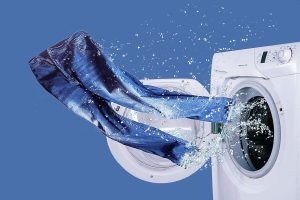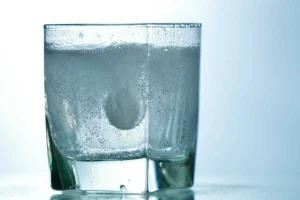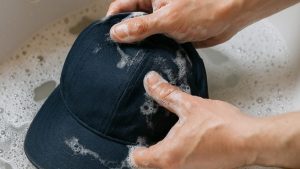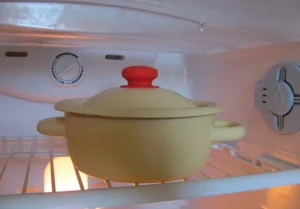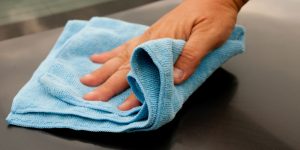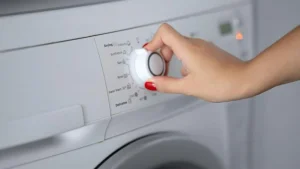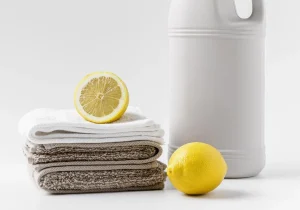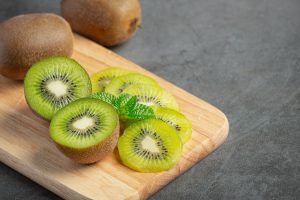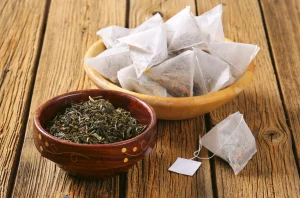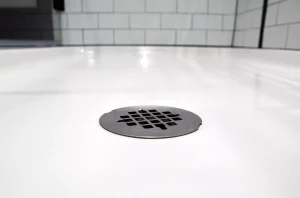Taking your clothes out of the washing machine and finding them still covered in pet hair is a common occurrence, especially for those who have pets. A homemade method promises to put an end to this problem
A washing machine trick that will get rid of hair on your clothes
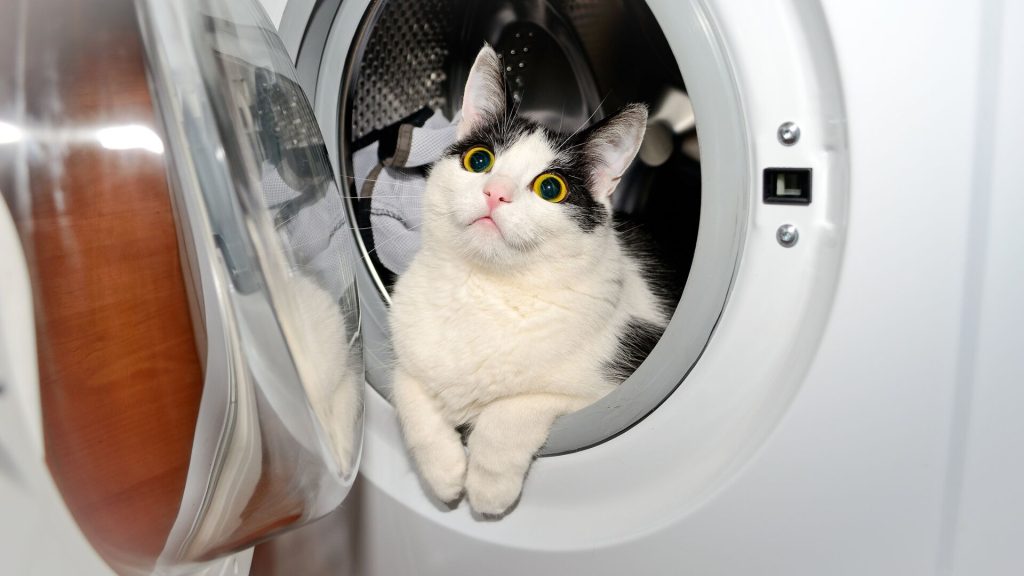
Finding hair on your clothes after washing can be a real headache, especially for those who live with pets. This problem is not just an aesthetic nuisance, it can lead to washing machine breakdown if hair accumulates in the filters and air ducts of the appliance. No matter how much you shake your clothes before putting them in the drum, the debris will still stick to the fabric, leaving an unkempt appearance.
Proper washing machine maintenance is key to preventing problems caused by hair buildup. In addition to regular filter cleaning, it is recommended to use pre-washing methods such as lint removal rollers or special brushes. Despite this, many people are still looking for a more effective solution to prevent hair on their clothes after washing.
Another aspect to consider is the effect on the performance of the washing machine. Hair that is not properly removed can stick to the rubber seals and internal channels of the appliance, reducing its efficiency and increasing the risk of costly breakdowns. This makes finding an effective method of hair collection a priority for those who face this problem on a regular basis.
The sponge trick
The user TikTok organizadiez, who has more than 298,000 subscribers, shared a trick that has caught the attention of thousands of users: put a sponge in the washing machine along with the laundry. This simple method gained more than 1.5 million views and more than 20,000 likes on the social network.
The procedure is very simple. Just place the bath or kitchen sponge in the drum before starting the wash cycle. Through the movement of the water and friction during the wash cycle, the sponge picks up hair and lint, preventing it from sticking back to your clothes or accumulating in the appliance’s filters.
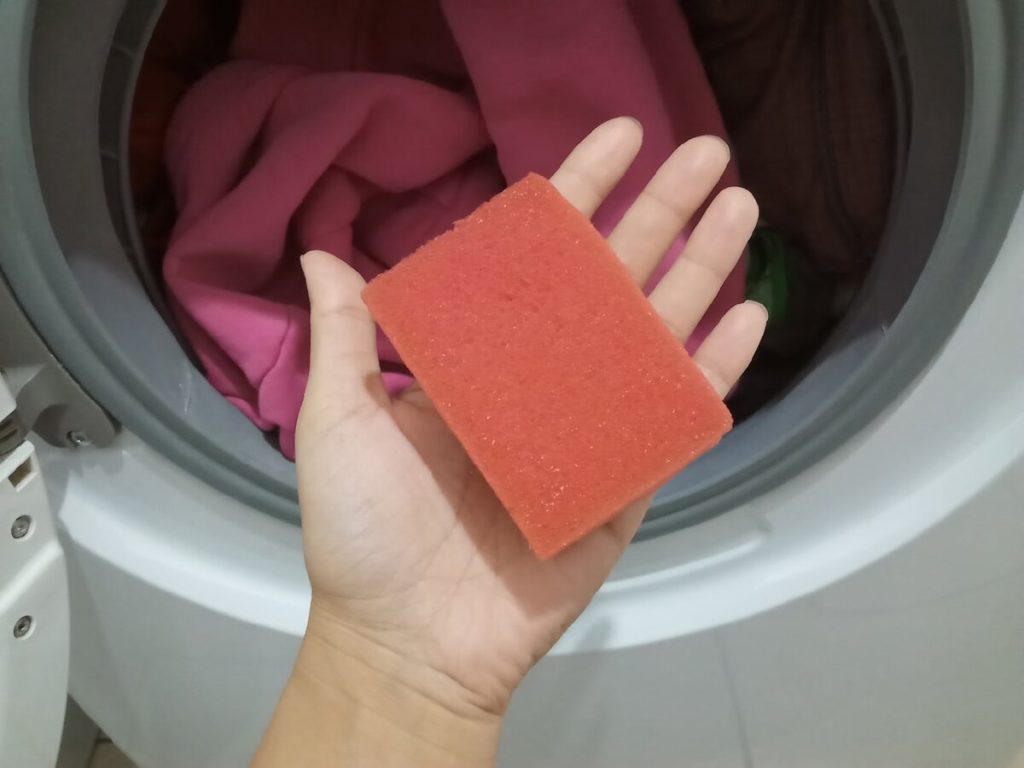
This method is particularly useful for cotton and strong fabrics, although for delicate items it is recommended to use a soft-textured sponge.
Opinions on this method have varied. According to users who have tried this method, it is particularly effective for cotton and durable fabrics, although a soft-textured sponge is recommended for delicate fabrics. It is also important to check and clean the sponge frequently to ensure that it continues to function properly and does not wear out during use.










